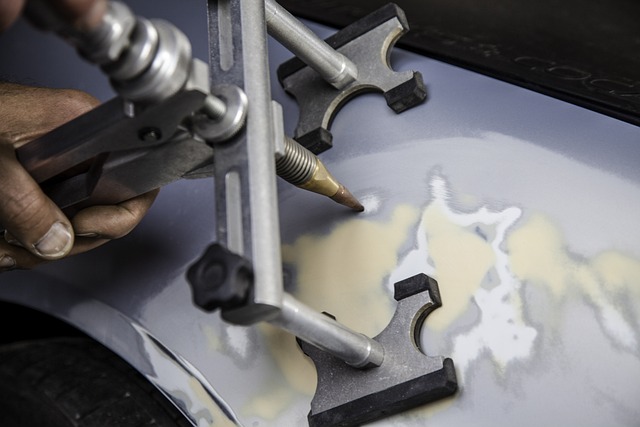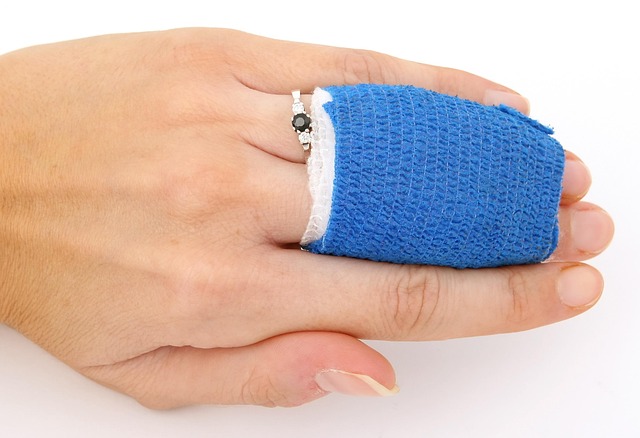Collecting and presenting medical records is vital for strengthening a personal injury case, providing concrete evidence of injuries, treatment history, and recovery processes, with significant implications for damages calculations. Documentation such as emergency room records, hospital stays, diagnostic imaging, and physical therapy reports offer a clear picture of injuries, their severity, and required treatments, aiding in determining fair compensation for incidents like slip and fall or elder abuse. Comprehensive records, including doctor's notes, hospital reports, prescriptions, medical bills, insurance policies, and witness statements, are crucial for corroborating the extent of injuries, treatment received, and establishing liability, ultimately strengthening the argument for compensation.
In a personal injury case, compelling evidence is pivotal to securing compensation. This article guides you through the critical components that strengthen your claim, ensuring a robust legal argument. We explore three key areas: medical records as the backbone of physical injuries, witness testimonies and affidavits for corroborative proof, and documenting losses to assess economic and non-economic damages. By understanding these elements, you can navigate the complexities of personal injury litigation with confidence.
- Collecting and Presenting Medical Records
- – The role of medical evidence in personal injury cases
- – Types of records to gather (e.g., doctor's notes, hospital reports, prescriptions)
Collecting and Presenting Medical Records

Collecting and presenting medical records is a crucial step in strengthening a personal injury case. These documents play a vital role in documenting the extent of an individual’s injuries, their treatment history, and overall recovery process. In a personal injury case, medical records serve as concrete evidence that can significantly impact the outcome. They provide detailed insights into the nature and severity of the injuries sustained, which is essential for calculating damages.
For instance, in cases like slip and fall injuries or elder abuse, where the victim’s health might already be compromised, medical records help establish a direct causal link between the incident and the resulting injuries. They can also showcase the long-term effects and the need for ongoing care, which are important factors when determining compensation. Effective presentation of these records ensures that the court understands the victim’s medical journey, ultimately supporting the plaintiff’s claim.
– The role of medical evidence in personal injury cases

Medical evidence plays a pivotal role in personal injury cases, serving as concrete proof to support claims and assess damages. In such legal proceedings, documenting and presenting medical records, reports, and expert testimonies can significantly strengthen a plaintiff’s case. This evidence provides a clear picture of the injuries sustained, their severity, and the necessary treatments or procedures required for healing and rehabilitation.
For instance, in personal injury cases stemming from accidents, medical evidence might include emergency room records, hospital stay documentation, diagnostic imaging (X-rays, MRI scans), and physical therapy reports. These documents not only validate the existence of injuries but also help determine the extent of client recovery and the long-term effects, if any. This is crucial in ensuring fair accident compensation that accounts for both immediate and future medical needs.
– Types of records to gather (e.g., doctor's notes, hospital reports, prescriptions)

When building a strong personal injury case, gathering comprehensive records is paramount. Key documents include doctor’s notes, hospital reports, and prescriptions—all vital pieces of evidence that can corroborate the extent of injuries and the treatment received. These records provide an accurate timeline of events, detailing the nature and severity of the harm incurred, which is crucial for determining liability in cases like slip and fall injuries or nursing home abuse.
Additionally, other relevant documents such as medical bills, insurance policies, and witness statements can significantly enhance a personal injury claim. Each of these records offers unique insights into the incident, providing a holistic view of the circumstances surrounding the injury. For instance, witness accounts can offer firsthand perspectives, while insurance policies may clarify coverage and liability limits, thereby strengthening the overall argument for compensation in personal injury claims.
In a personal injury case, robust and relevant medical evidence is pivotal for establishing liability and quantifying damages. By meticulously gathering and presenting records such as doctor’s notes, hospital reports, and prescriptions, injured parties can effectively convey the extent of their injuries and the treatment they underwent. This not only strengthens their claim but also ensures they receive fair compensation for their suffering and recovery expenses.






